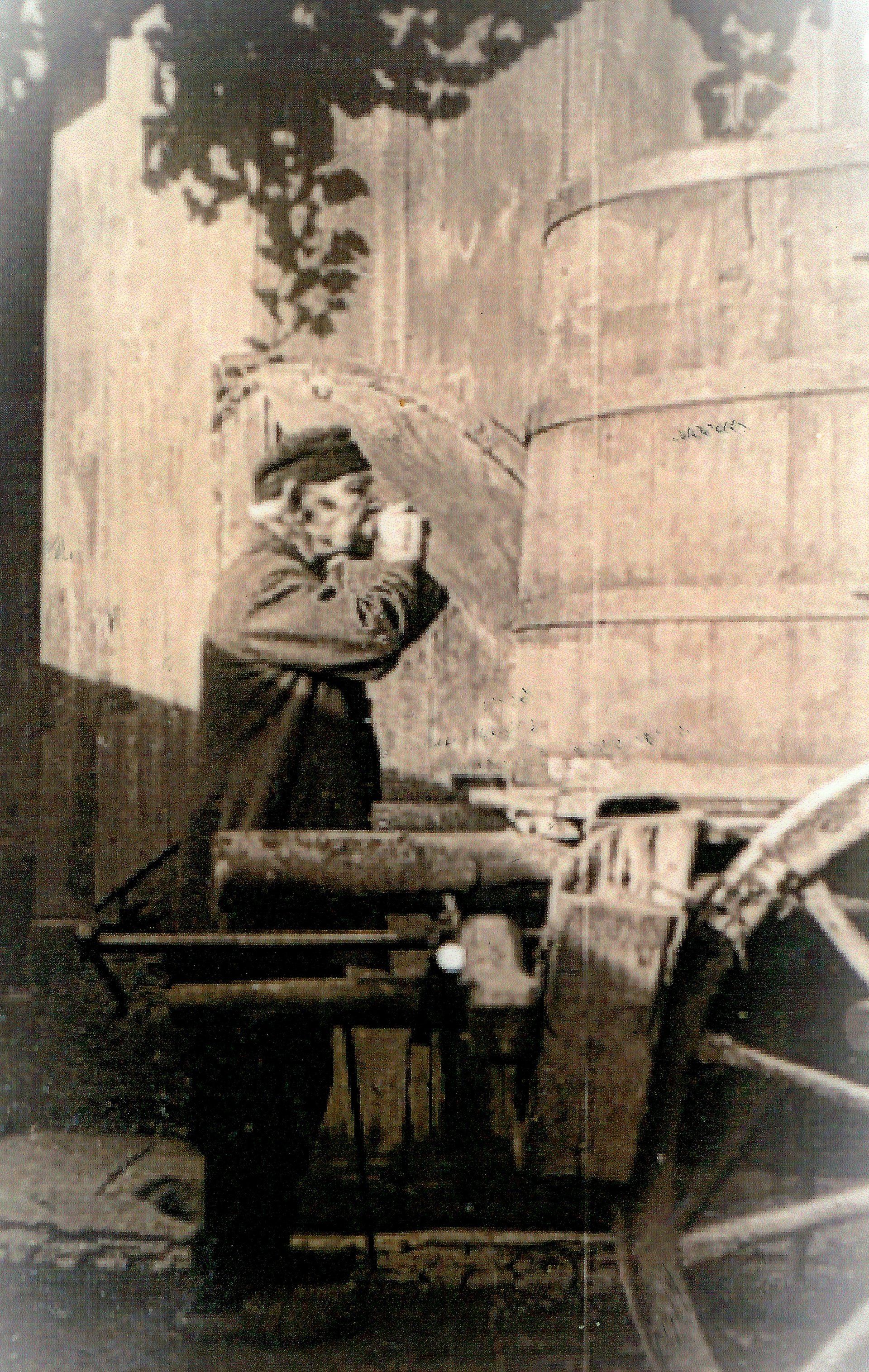History
Located at the heart of the Gingerbread capital, a few miles from Obernai, Strasbourg and Colmar, the Domain BURCKEL JUNG is a landmark of the area, and has been there since 1802, as far back as the archives go, but possibly longer. Back then it belonged to the Heiligenstein family, who practiced polyculture, as was the way back then. It then became the Domain BURCKEL, after the marriage of Benjamin Burckel to Barbara Heiligenstein. In1987, Danielle Burckel added her husband’s last name to the official Domain name, opening a new path with the development of Crémant sparkling wine.
Maternal great-grandfather, Emile Burckel, was a well-known herbalist in the village, and it is from him that we learnt the benefits of plant remedies.
As a young winemaker full of ideas and convictions, David (son), started developing organic grade products in 2009, and went further into biodynamic in 2017.
The respect of family traditions and heritage are the main values of the Burckel Jung family. Their ancestors’ land is worked to yield the very best it can provide.
Today it is David and his sister Sarah’s turn to carry on with the family traditions and to write a new chapter of their history.
Philosophy
Herbal infusions, plant decoctions, the phases of the moon and manure, are our daily life.
We live in harmony with our 49 acres (20 hectares) of vineyard.
The vine must be seen as a whole: it depends heavily on the soil where it grows, on the fauna and flora surrounding it, and of course on the climate and on the human hand which cares for it. These are the basis of biodynamic agriculture. The lunar calendar, just like for fruits and vegetables, also comes into play when caring for the vine and working in our cellar. Of all those elements, are born healthy grapes, with a good nutritional potential. Those interactions go hand in hand and are essential.
FIELD TO BOTTLE
After the grapes are harvested by hand, we aim to manipulate them as little as possible, to preserve and extract their natural benefits without altering them. After 24hrs of cold decantation, the sludge (residue at the bottom of the barrels) is filtered and reintegrated to the “moût” (grape must or juice). It contains all the nutrients needed for the yeast to develop. Achieving a balanced grape must, with the right balance of sweet and sour will ease the vinification process.
The wines are matured on fine lees (sediment), to allow for more complex wines. This type of maturation makes for better aging conditions, with a slowdown of oxidization and a more stable shelf life, as lees can develop reductive conditions.
A large part of our harvest is housed in our centuries-old wood barrels, allowing the wines to thrive and mature.
No additives are added to the wine (no selected yeast, no enzymes, no chaptalization, no collage and no artificial products). Only a small amount of sulfur is used, to help with the longevity of the wine once bottled. A light filtration is done, in respect with the wine, right before it is bottled. Once bottled, the wine continues its evolution. It is a living matter, which gets better and matures within the bottle.




